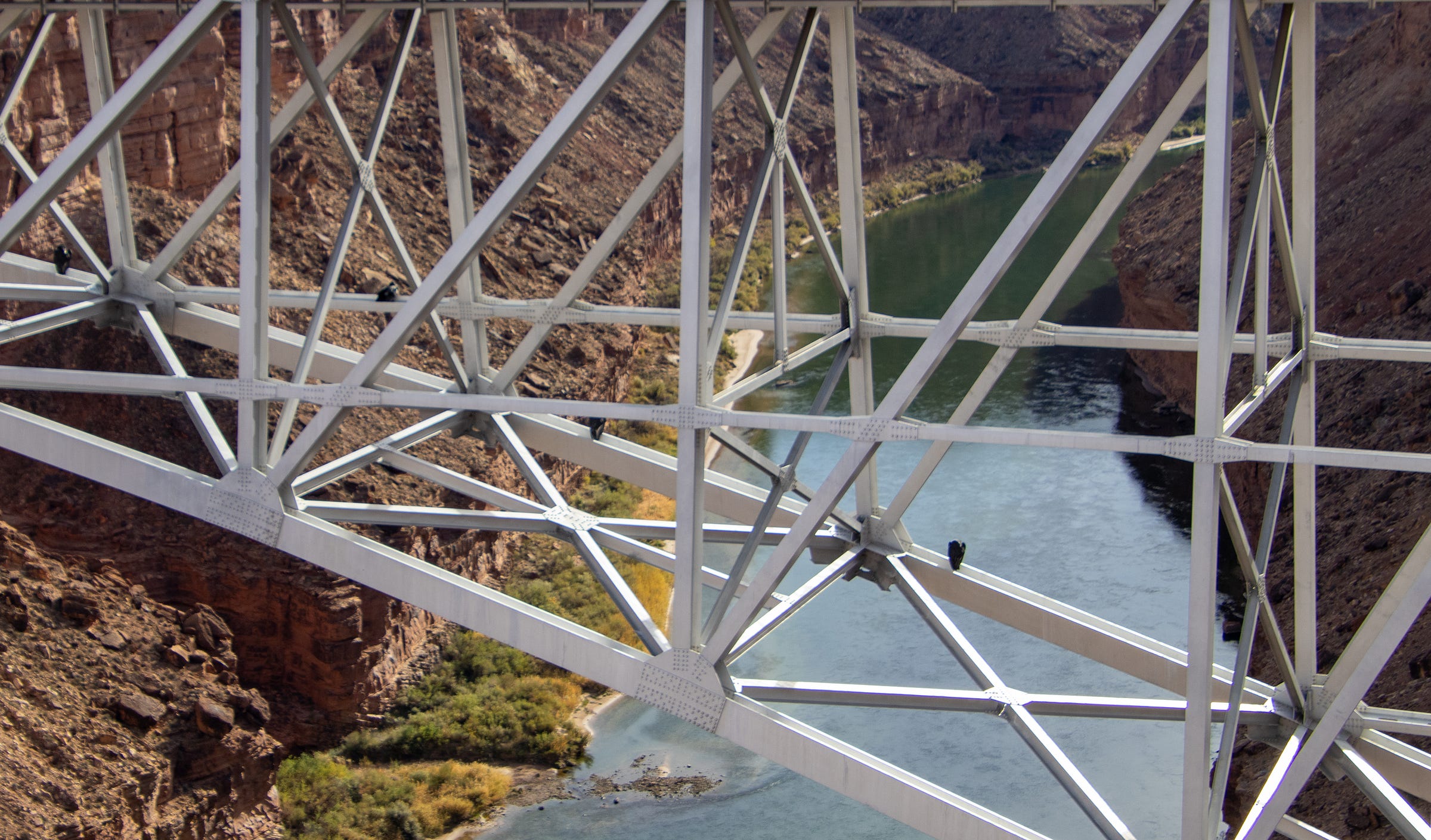BREAKING: Mike MAGA Lee changes public land sell off bill
Plus: The Colorado River emotional roller-coaster ride

🌵 Public Lands 🌲
Sen. Mike Lee, the Utah Republican and Trump sycophant, has slightly backed off on his proposal to sell-off public lands, but only slightly.
Lee posted the following on X/Twitter at 5:42 a.m. today:
Keep reading with a 7-day free trial
Subscribe to The Land Desk to keep reading this post and get 7 days of free access to the full post archives.

